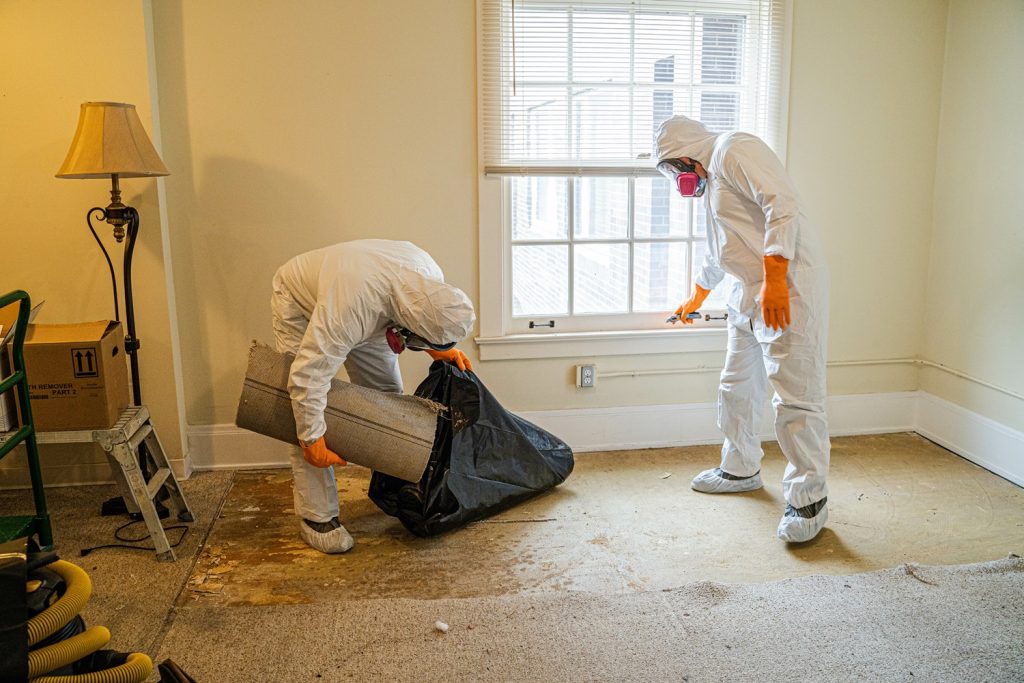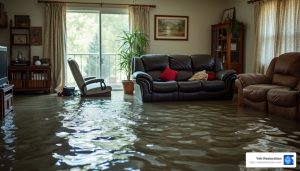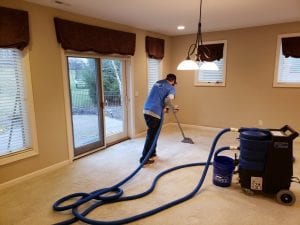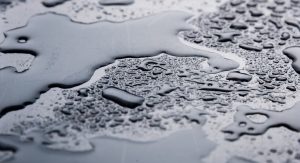Risks of Untreated Water Damage
Plumbing Problems and Water Damage
Some plumbing leaks, left untreated, can generate health hazards fairly quickly. Professional restoration groups, and your insurance company, recognize three categories of standing water:
Category 1
Clean water, from a known clean supply source. This could be a burst pipe or water from plumbing fixtures. You can have significant damage from clean water, but as long as the water damage restoration process begins quickly, you can avoid the dangerous combination of building materials growing mold spores.
Category 2
Water that is questionable or known to have a mild level of contamination, foundation damage allowing rainwater in (from the ground, potentially bringing oils and lawn chemicals), all reasonably assumed to carry health risks. This could be water from the bath tub, washing machine overflow, or dishwasher leak. These waters, even when dried, can pose allergic reactions, and like all water damage, will compromise the structural integrity of various building materials immediately, and others over time.
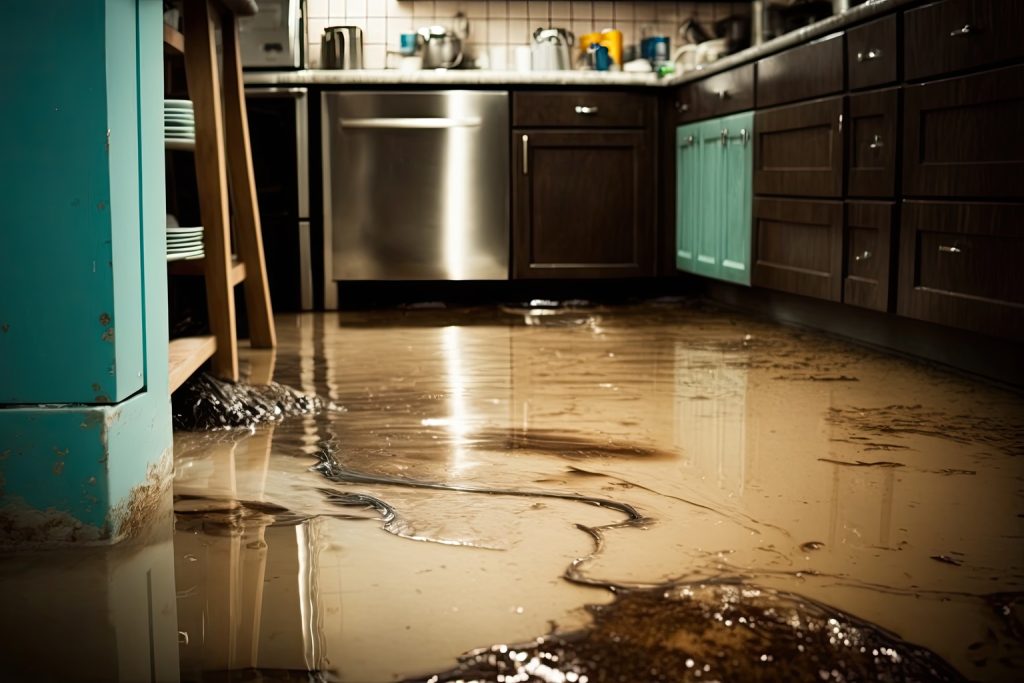
category 3
Grossly contaminated water, with bacterial growth; like flood water from natural disasters, or sewage. These are easy to identify, tend to smell, and present immediate health risks and obvious common consequences at the onset of water damage, even before any long term effects.

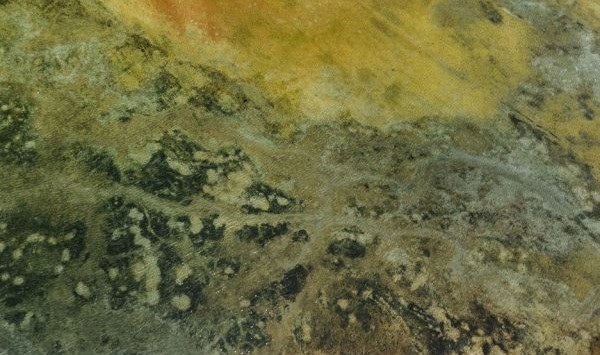
Do These Water Stains Mean I Have Toxic Mold?
We’re glad you asked. Water stains often come from pigment being released from one substrate or substance into another, like lumber getting wet and staining drywall. Your personal belongings do the same in the laundry; sharing colors. So stains are signs of water damage (usually moisture you can first see on paint), but not necessarily bacteria.
However, prolonged exposure to moisture (or flooding, or other water damage) will certainly produce mold growth, and those mold spores (or their mycotoxins) become airborne as they eat, or as they dry.

How Quickly Does Water Damage Progress?
From hundreds of water damage insurance claims, we’ve seen that left untreated, flood water or plumbing leaks will wick up drywall at a rate of roughly 1 inch per hour for the first 12 hours after an event. Of course, the scale of concern varies with how much water you have, what kind of air movement there is, what health issues the occupants have, and if this has happened before.
Further structural damage will occur much more quickly if the home’s structural integrity has been compromised previously in the affected area. This can be true in basements. But the more severe water damage claims are surprise events caused by hidden dangers.
The risks of untreated water damage are dramatically mitigated if you act quickly. Mold growth will occur within 72 hours of the water damage event. Mold remediation is always an option, but it almost universally requires demolition, which creates more work to achieve your pre damage condition.
Depending on the type of water damage, and the building materials used, professional restoration work may achieve a dry environment without risk of mold, and without having to remove floors and walls. The most common consequences of waiting are mold and demolition. These both present risk of respiratory issues for some (if not most) occupants, and they often can be avoided.
